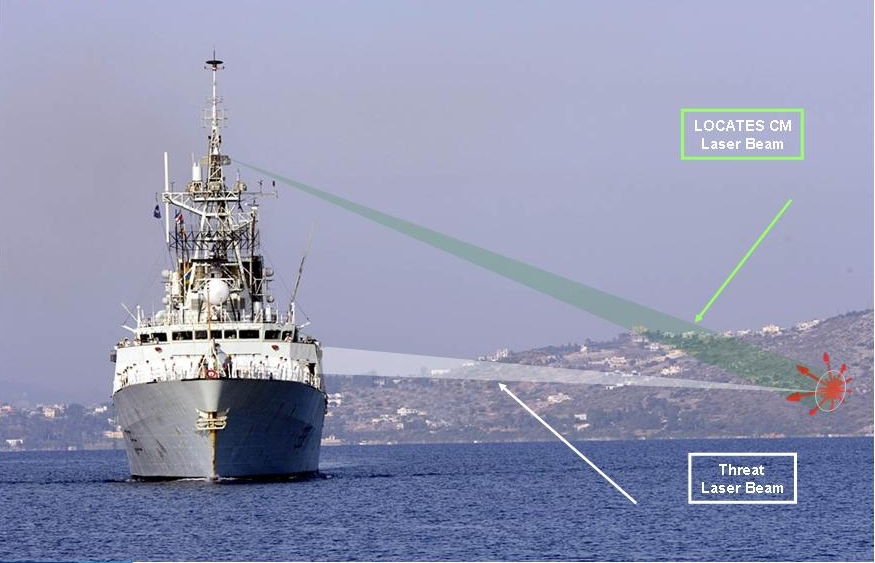After several weeks providing support to troops on the ground in Helmand province, the Merlin helicopter crews from 28 (Army Cooperation) Squadron’s B Flight, based at RAF Benson in Oxfordshire, are coming home.
 |
| An RAF Merlin helicopter of 28 (Army Cooperation) Squadron lands at a Patrol Base in Helmand, southern Afghanistan Source: Major Paul Smyth, Ministry of Defence, UK Click to enlarge |
B Flight arrived at Bastion Airfield in late May 2010. Following multiple detachments in Iraq over the past five years, this was their first to Afghanistan.
The Merlins they operate are all-weather, day-and-night, multi-role helicopters, used in both tactical and strategic operational roles, and perform tasks in Afghanistan which include picking up casualties and flying resupply missions.
Following the initial mandatory admin procedures and a long day spent on a hot rifle range, the B Flight crews took to the skies and flew towards the Green Zone for the first time.
The initial flight, always flown with a trainer who has more in-theatre experience, was an eye-opener.
There were a large number of radio calls asking for transit between operating bases and the complexity of the airspace was something that most of the aircrew had not seen before.
Restricted operating zones and the sheer number of aviation assets which operate in the skies over Helmand are a lot for anyone to get their head around.
The first trip was an indicator of what the remainder of the detachment had in store.
Being individuals who don’t like to disappoint, B Flight personnel, and a few selected guests, rose to the challenge, completed their handover, and quickly got stuck into the daily tasking and routine.
 |
| Loadmaster Sergeant Jock Forrester mans the general purpose machine gun on a Merlin helicopter over Helmand, southern Afghanistan Source: Ministry of Defence, UK Click to enlarge |
This routine involved working in ambient temperatures of 45 degrees Celsius, leading to cockpit and cabin temperatures of up to 50 degrees. Throw safety equipment, thermal fire protection, gloves and helmets into the mix and the result is some very hot and sweaty individuals.
Landing sites in Helmand province vary dramatically between purpose-built, football-pitch-sized tarmac areas, to dust bowls which create 200-foot-high (61m) dust clouds, and the pilots regularly carried out the final stages of approaches with minimal visibility.
There are landing sites in the Green Zone which are surrounded by trees, and others on the pinnacles of mountains, resulting in few hovering references for the handling pilots whilst operating at the limits of the aircraft’s performance.
All of the sites have their own challenges and the complexities encountered when landing within them cannot be understated or taken for granted at any time. This was highlighted in uncomfortable detail when a Merlin entered an extreme dust cloud on landing in a tight spot and, following the loss of all references, suffered a heavy landing.
It was forced to shut down in the secure site where it landed and, on further inspection, the captain realised it had sustained some damage. Luckily no-one was hurt but, occurring early in the detachment, it rapidly brought home the reality of operating in such a harsh and challenging environment.
Cargo carried by the Merlins has varied enormously from Counter-IED teams to general resupply and trooping tasks.
Resupply missions are extremely important and the mail often included on these flights is a huge morale boost for the troops on the ground.
 |
| RAF Merlin helicopter firing flares over Helmand Source: Major Paul Smyth, Ministry of Defence, UK Click to enlarge |
In addition, the Merlins have transported numerous patients including both ISAF forces and Afghan casualties. Underslung loads have also been widely used to carry the more unwieldy freight required across the area of operations.
The B Flight engineers have worked 12-hour shifts every day since arriving in theatre, having the unenviable task of trying to maintain the Merlin helicopters being flown in the most unforgiving of environments.
The dust intake, the high altitude, and the challenging flying puts a great strain on the Merlin, yet the engineering force ensures there are serviceable aircraft available to operate on a daily basis.
A spokesman for B Flight said:
“B Flight has had a detachment in Afghanistan fraught with the ‘expected’ unforeseen issues which arise during such a venture.
“They have worked every day in the heat and the dust and have achieved everything that they have been tasked with and more.
“The engineers have worked for 10 weeks without a whole day off.
“It is now time to go home, reunite with loved ones, and enjoy some well-deserved time off. As B Flight hand over to C Flight this week they reflect on a job well done.”
Press release
Ministry of Defence, UK

 von
von 